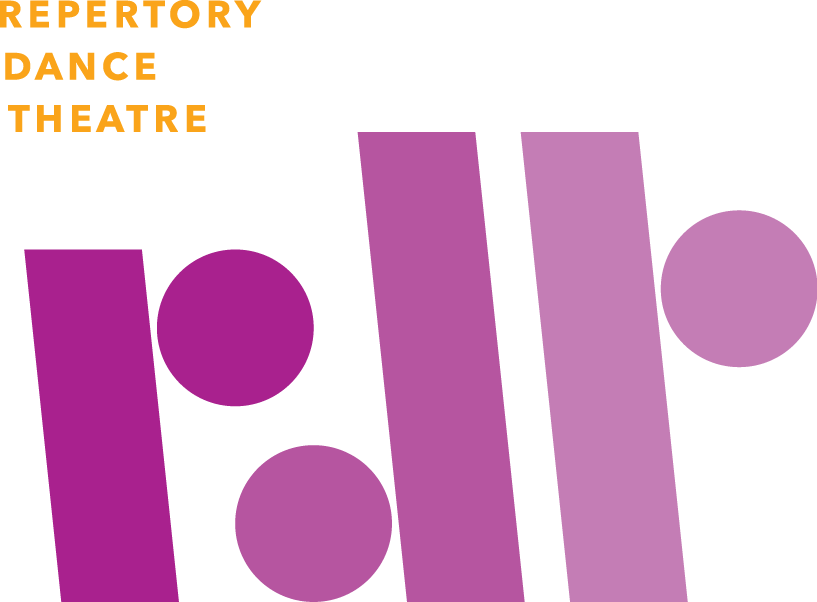Students will use rhythm to explore different fractions with movement and within the space.
Learning Objectives/Goals
The understanding of a whole note, half note, quarter note and eighth note as they relate to movement, understanding different fractions of the room and how to move within them, both vertically and horizontally.
Materials Needed
Verb Cards (see below), Fraction Cards, music with a steady beat, a large open space, a drum
Verb/Action Cards:
Curl
Lunge
Slide
Fall
Jump
Gallop
Kick
Dodge
Wiggle
Stomp
Bend
Turn
Dribble
Dash
Twist
Climb
Push
Clap
Catch
Toss
Pass
Leap
Roll
Throw
Run
Stretch
Skip
Hop
Spin
Balance
Crawl
Spring
Jog
Introduction
State expectations for the class. Ask the students for a description of rhythm. A beat! Today we will break down the beat into some fractions, and use movement to show those fractions with the body and the moving space.
Warm-Up
Sitting in a group. Introduce a whole note, half not, quarter note and eighth note by clapping. Once students have mastered this, then stand up and try the same thing with walking. This will be more challenging for some of them! Try adding music! Start with just clapping and then progress to walking again. This may also be challenging for some
of them.
Investigate
Now to further explore rhythm in the body, select 4 action (verb) cards. One card will direct students what to do in their bodies for the whole notes (stretch), one card for half notes (turn) one card for quarter notes (crawl) and one care for eighth notes (jump). Using the cards create a pattern. Next add the following to the pattern. Select a fraction
card (1/3). Now do the rhythm pattern using only 1/3 of the floor space. Next add a vertical fraction to the pattern, while still using only 1/3 of the floor space. The stretch of the whole note needs to take place in the whole height of the space, the turn of the half notes will take place in 1/2 the height of vertical space, the crawl of the quarter notes
taking place in 1/4 of the vertical space and finally the jump of the 1/8 notes taking place in 1/8 of the height! Try this all with music.
Create
Divide students into smaller groups. Give them 4 action (verb) cards and 1 fraction card. Instruct each group to put one card with each rhythm fraction and to perform the pattern they are creating in the amount of space indicated on their fraction card. Give them time to work. Then try with the music.
Reflect
Ask students what they viewed as challenging about this lesson. Rhythm work can be challenging as it is so precise and is very like math. Counting is important and Focus is important.
Extension to the Lesson
Try this idea with different time signatures of music like 6/8, or 7/8!
Follow-up Resources
What other fraction ideas can we use with movement? Can we use fractions to divide up what the movement looks like? For example, 1/2 of a turn, 1/5 of a fall to the ground, 3/4 of a kick, etc. Ask students what fractions of movements they can think of and explore.

